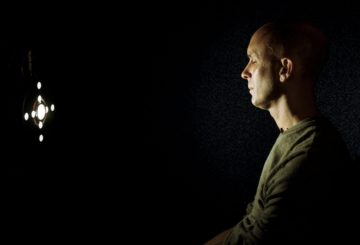Dan Falk in Quanta:
 Anil Seth wants to understand how minds work. As a neuroscientist at the University of Sussex in England, Seth has seen firsthand how neurons do what they do — but he knows that the puzzle of consciousness spills over from neuroscience into other branches of science, and even into philosophy.
Anil Seth wants to understand how minds work. As a neuroscientist at the University of Sussex in England, Seth has seen firsthand how neurons do what they do — but he knows that the puzzle of consciousness spills over from neuroscience into other branches of science, and even into philosophy.
As he puts it near the start of his new book, Being You: A New Science of Consciousness (available October 19): “Somehow, within each of our brains, the combined activity of billions of neurons, each one a tiny biological machine, is giving rise to a conscious experience. And not just any conscious experience, your conscious experience, right here, right now. How does this happen? Why do we experience life in the first person?”
This puzzle — the mystery of how inanimate matter arranges itself into living beings with self-aware minds and a rich inner life — is what the philosopher David Chalmers called the “hard problem” of consciousness. But the way Seth sees it, Chalmers was overly pessimistic. Yes, it’s a challenge — but we’ve been chipping away at it steadily over the years.
More here.
